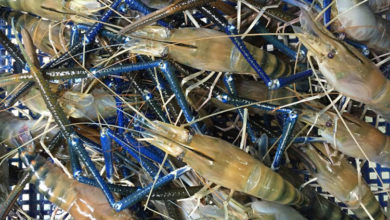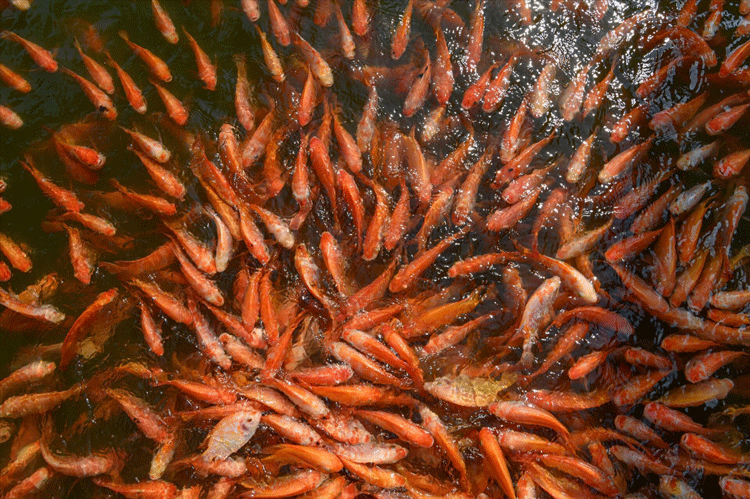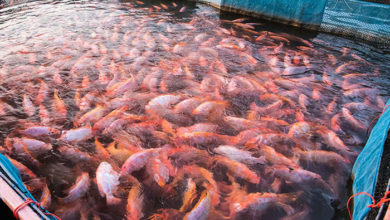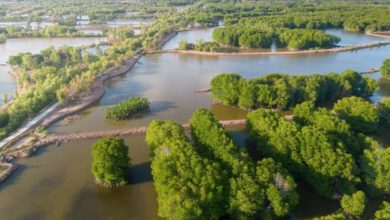Ca Mau two-stage improved extensive shrimp farming drives cost savings and higher yields
In Thoi Binh district, Ca Mau province, the two-stage improved extensive shrimp farming model has enabled local farmers to reduce costs, boost productivity, enhance shrimp quality, and protect the environment.
Thoi Binh district boasts over 32,000 hectares dedicated to improved extensive shrimp farming, with 17,000 hectares implementing high-yield models. Thanks to the application of scientific techniques, many households have successfully minimized risks, preserved the environment, and improved shrimp quality.
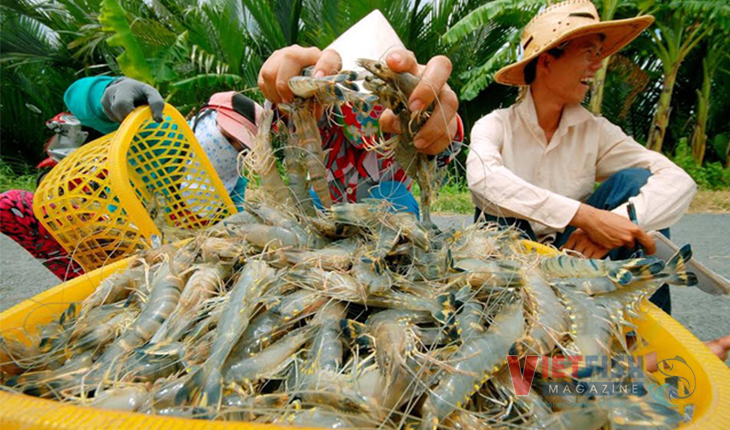
Farmers Tran Van Gioi from Tan Loc Bac commune stocked 30,000 black tiger shrimp (Penaeus monodon) post-larvae over 2 hectares using the two-stage improved extensive model. After just over three months, the shrimp reached an average size of 15–16 shrimp per kilogram, yielding approximately 450 kilograms and generating profits exceeding 80 million VND per crop, outperforming traditional methods. Gioi noted the rapid growth of the shrimp and plans to continue this farming approach, encouraging neighboring farmers to adopt it as well.
This model closely resembles traditional farming but introduces improvements in broodstock management, lower stocking densities, supplementation with natural or direct feed, and periodic use of minerals and probiotics. The investment cost is low, only a few hundred thousand VND per hectare, leveraging natural environmental factors to provide feed and habitat, thereby contributing to environmental protection and sustainable development. The majority of households guided by the District Agricultural Extension Center have reported success with this model.
Engineer Le Thanh Hung, Head of the Thoi Binh District Agricultural Extension Station, advises farmers to apply probiotics regularly and water exchange every 7-13 days, particularly every 7 – 10 days as shrimp grow larger. This helps maintain a stable aquatic environment, promoting optimal shrimp development.
Natural feed sources in shrimp ponds are increasingly depleted due to soil degradation and water pollution from industrial farming zones and residential areas. The two-stage improved extensive model presents an effective solution and is actively encouraged for expansion by Thoi Binh authorities, as it requires modest capital investment but yields economic returns two to three times higher, with an average productivity of 550 kilograms per hectare per year.
Nguyen Hoang Bao, Vice Chairman of the District People’s Committee, stated that the district will continue to develop this model, collaborating with communes and townships to survey and expand the farming area in order to further improve shrimp quality and productivity.
The improved extensive farming approach, utilizing biological products, has been widely adopted by farmers, helping to safeguard farming zones, increase economic efficiency, and promote the sustainable development of the shrimp farming industry.
VFM


